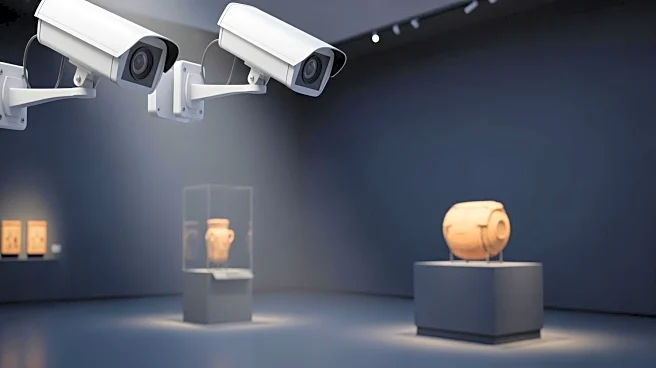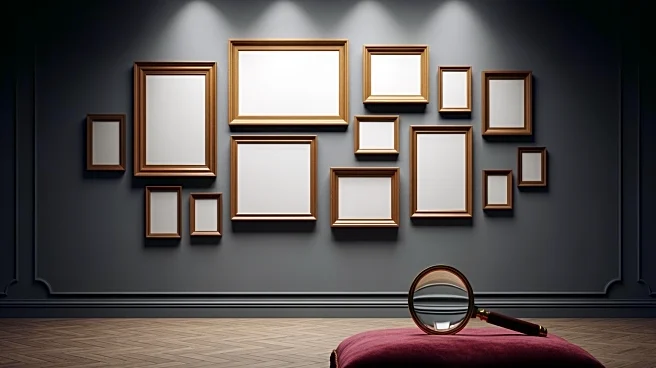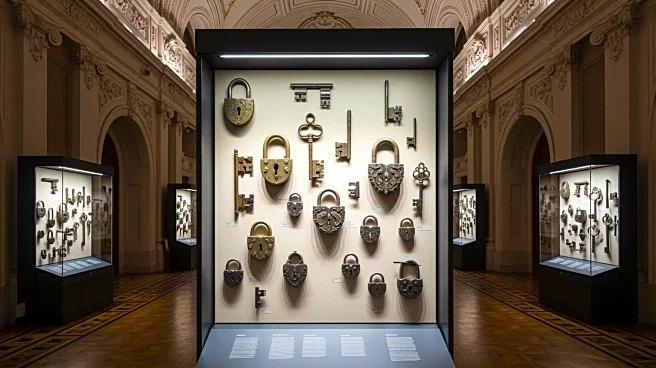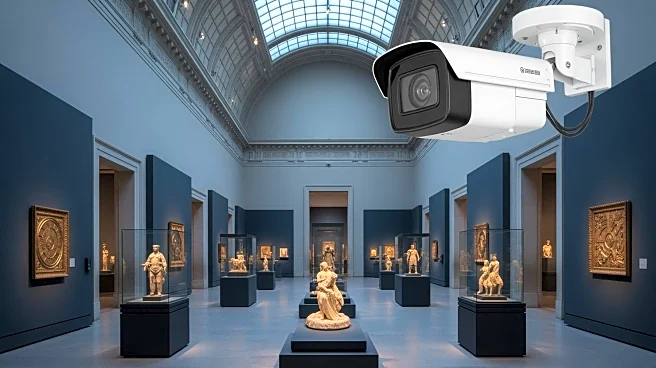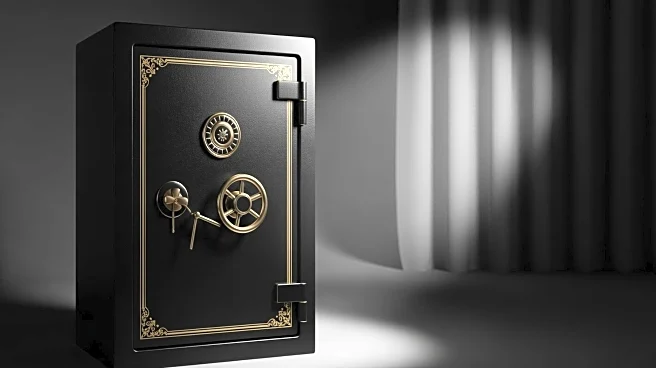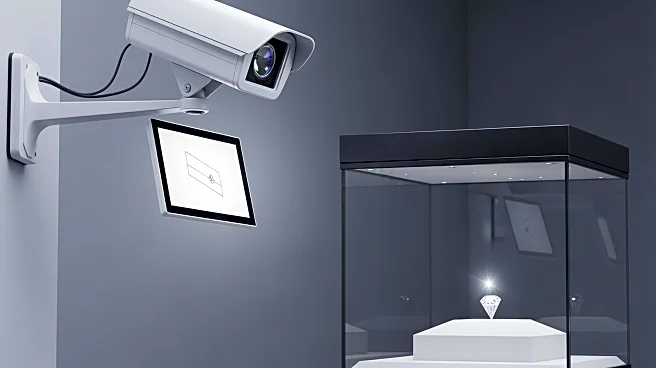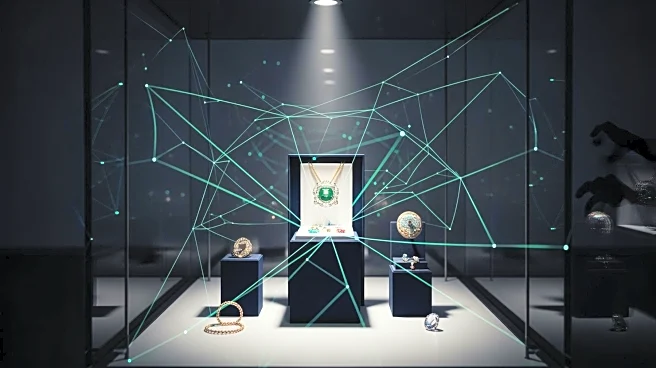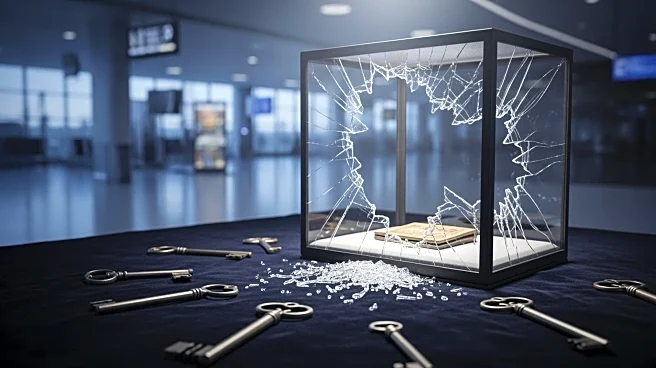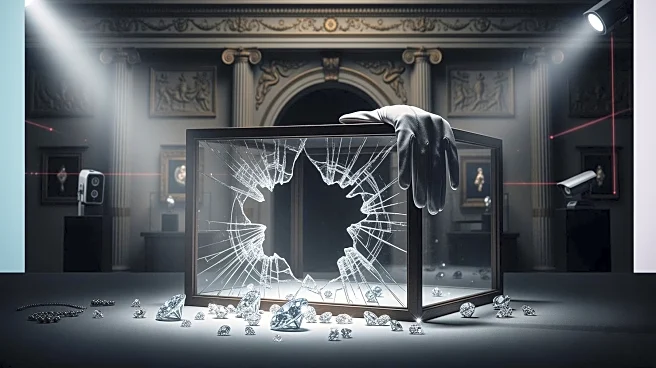What's Happening?
The Louvre Museum in Paris recently experienced a burglary where thieves used a furniture lift to steal jewelry through a second-floor window. Despite functioning alarm systems, the incident has revealed longstanding issues with outdated software, including
video surveillance systems. The French Ministry of Culture has initiated a comprehensive security review, recommending new governance rules, additional security cameras, and urgent updates to security protocols. The Inspectorate General of Cultural Affairs has submitted initial findings, leading to calls for immediate action to enhance the museum's security measures.
Why It's Important?
The burglary at the Louvre highlights the critical need for modernized security systems in cultural institutions. The incident underscores the risks associated with outdated technology, which can compromise the safety of valuable artifacts. The museum's response to the burglary could set a precedent for other institutions facing similar challenges. The situation also raises questions about resource allocation for cultural heritage protection and the balance between accessibility and security in public spaces.
What's Next?
The Louvre is expected to implement the recommended security enhancements swiftly, with a focus on updating software and increasing surveillance. The French Ministry of Culture's involvement suggests a broader governmental interest in safeguarding national treasures. Other museums and cultural institutions may follow suit, reassessing their security protocols to prevent similar incidents. The outcome of the Louvre's security overhaul could influence future policies on cultural heritage protection.
